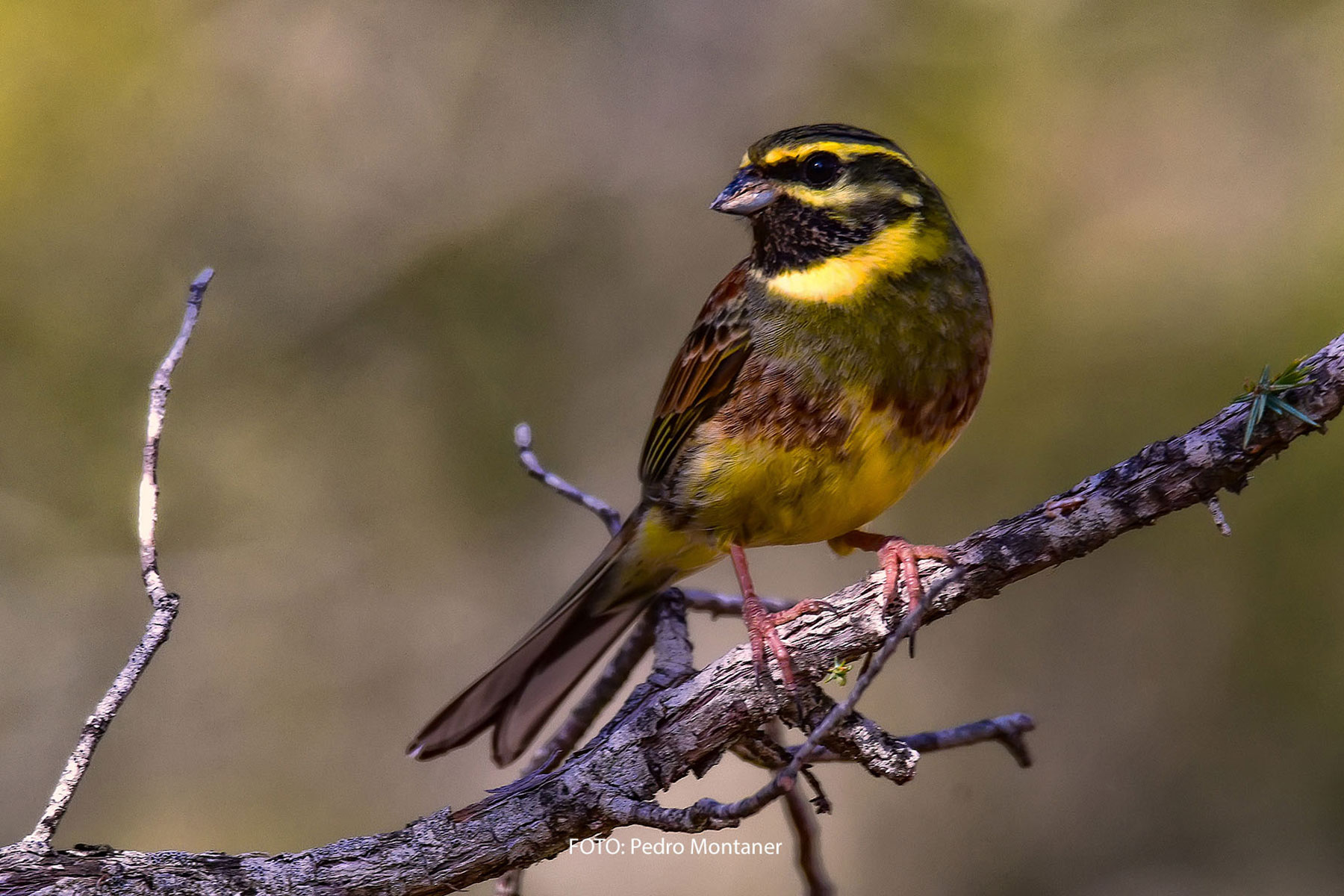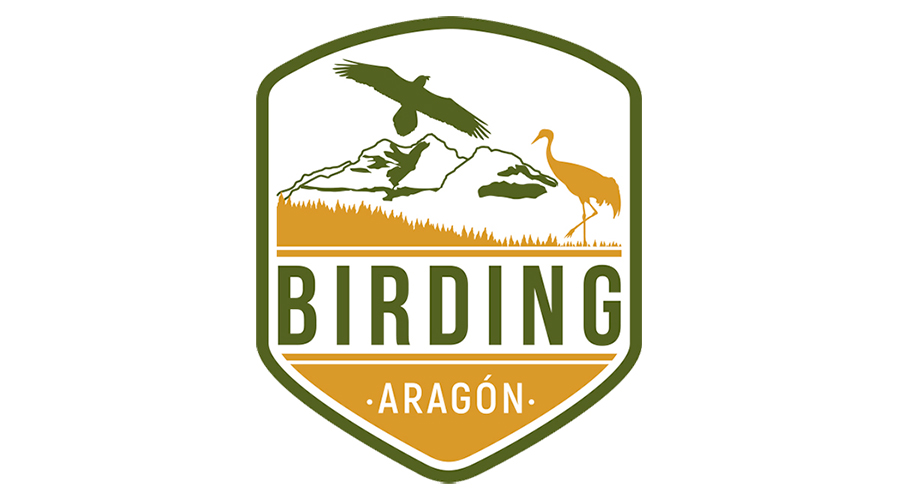ROUTES
HUERVA RIVER
HUERVA RIVER
ITINERARY
The Huerva river has its source in the Iberica mountain range in Zaragoza province and crosses two completely different bio-geographic areas: the foothills and the steppes but together they form a single Special Birds Area (ZEPA in Spanish), where each species can occupy their niche habitat.
MEZALOCHA, TOSOS, ALADRÉN, HERRERA DE LOS NAVARROS, CUCALÓN, LOSCOS.
SPECIES
ALL YEAR ROUND: Golden Eagle, Griffon Vulture, Bonelli’s Eagle, Marsh Harrier, Short-eared Owl, Lesser Short-toed Lark, Great-spotted Woodpecker, Mistle Thrush, Southern Grey Shrike, Cirl Bunting, Eagle Owl, Grey Heron, Cetti’s Warbler, Iberian Green Woodpecker, Great Crested Grebe, Mallard, Common Coot, Red-billed Chough, Crag Martin, Blue Rock Thrush, Wood Pigeon, Thekla Lark, Stone Curlew
SUMMER Egyptian Vulture, Short-toed Eagle, Booted Eagle, Black Kite, Short-toed Lark, Cirl Bunting, Hoopoe, Woodchat Shrike, Northern and Black-eared Wheatears, Dartford Warbler, Western Orphean Warbler, Sub-alpine Warbler, Wryneck, Nightingale, Golden Oriole, Alpine Swift, Rock Thrush
WINTER: Brambling, Wallcreeper
ON MIGRATION: Montagu’s Harrier, Pied Flycatcher

DESCRIPTION
RECOMMENDED TIME OF YEAR: Spring, autumn, winter
HABITATS: Varied. Woods and riparian forests, high mountains and rocky habitats, steppes and farming mosaic habitat.
The Mezalocha reservoir, hemmed in by big limestone walls, is an ideal place to watch species such as the Golden Eagle, Griffon Vulture, Egyptian Vulture, Alpine Swift, Peregrine Falcon and Black Wheatear.
Going upstream along the Huerva River we come to the Torcas reservoir at Tosos. In the dense pine forests surrounding it, we can find European Robin, Blackbird, Mistle Thrush, Warblers, Wren, Fly-catchers, Tits, Treecreepers and Finches. But the star species of this place is the Bonelli’s Eagle, king of the most inaccessible crags.
As the river Huerva flows through Aladrén, it surprises us with places of great beauty. The slotted waterway weaves through extensive pine, oak and Spanish Juniper woodlands. A pleasant walk through agricultural fields, woods and scrub takes us to Los Estrechos (The Narrows), accessible only on foot.
Included in the Natura 2000 network as a Site of Community Importance, the Virgin of Herrera summit gives surprising views of the Zaragoza and Teruel Iberica Mountain ranges, the Ebro Valley and even the Pyrenees. A signposted nature walk takes us to some of the highlights of this place.
The route continues to the agricultural plains of Cucalón and the neighbouring villages. In these open and drier spaces the song of Finches, Calandra and Short-toed Larks can be heard, and sometimes, with luck, the Stone Curlew, whilst overhead Black Kites, Buzzards and Kestrels can be seen.
The Cucalón and Oriche Sierras form an even mountain range between which lie little valleys and depressions, making for a very diverse landscape. Modorra Peña hosts a large colony of Griffon Vultures, as well as Eagle Owl, Golden Eagle and both types of Rock Thrush, while Woodchat Shrike, Nigtingales and Wheatears can also be found.
The route finishes on the agricultural plains that stretch between Loscos and Plenas. There is a small colony of Spanish Sparrow here, as well as Montagu’s Harrier and the elusive Short-eared Owl.




